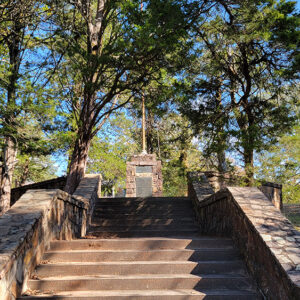 Water Works Monument
Water Works Monument
Entry Category: Physical Geography - Starting with W
 Water Works Monument
Water Works Monument
 Water Works Monument
Water Works Monument
Waterfalls
 Waterworks
Waterworks
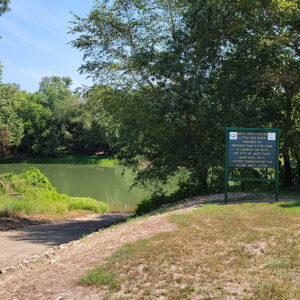 West Point River Access
West Point River Access
 Whitaker Point
Whitaker Point
White River
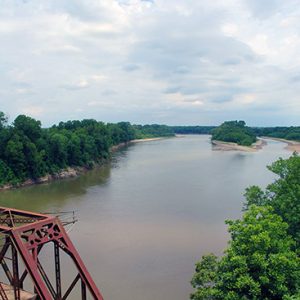 White River at DeValls Bluff
White River at DeValls Bluff
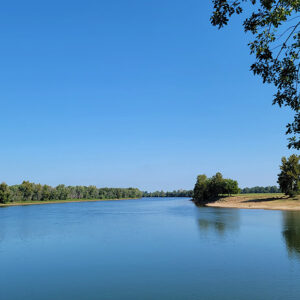 White River
White River
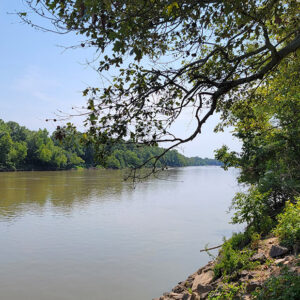 White River at Georgetown
White River at Georgetown
 White River Bridge
White River Bridge
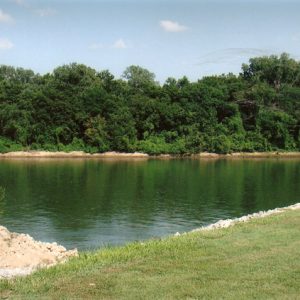 White River Monster Refuge
White River Monster Refuge
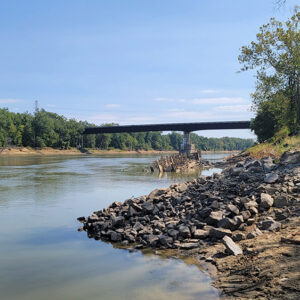 White River View
White River View
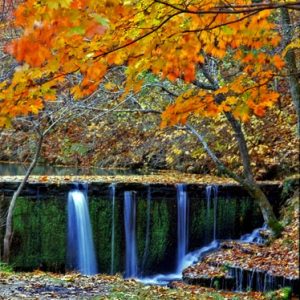 Withrow Springs State Park
Withrow Springs State Park




